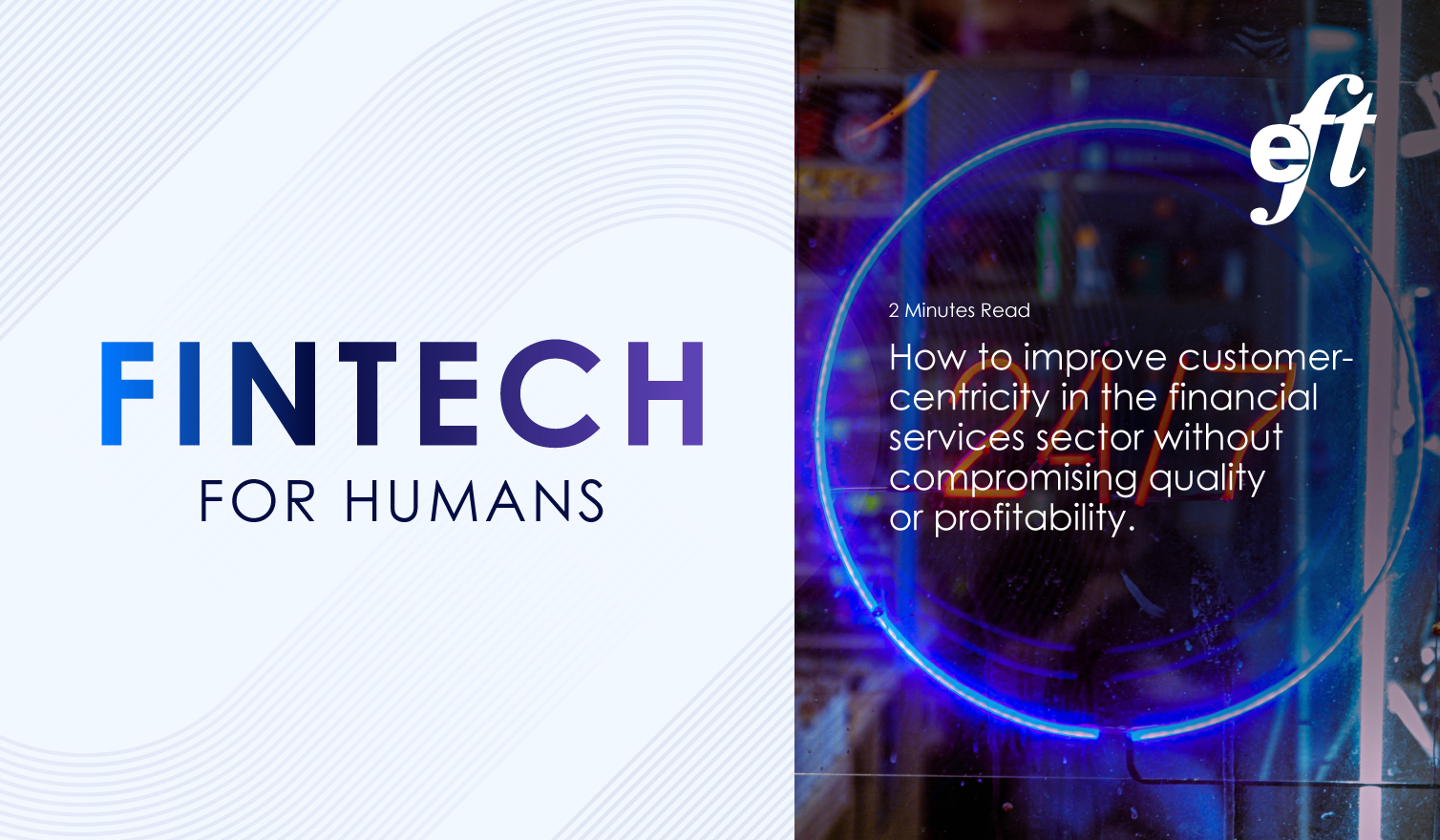With the migration of many traditional banking services to the online space, there are new opportunities for banks to gather data on customer habits and preferences and to use this to develop new customer-centric products and services. The same goes for non-financial services companies who are now able to offer a diversity of banking as a service (BaaS) products, using data mined from their e-commerce sites for research and to analyse the needs and demands of customers.
In an engaging three-day conference hosted in May 2024 by EFT Corporation, the spotlight was put on the crucial role of customer-centric solutions in shaping the future of banking in Africa and shifting from purely product and company-driven imperatives (efficiency, quantity and quality outputs, profitability) to more customer-driven goals.
In his talk at the Banking on the Future Conference, titled ‘Better Growth: A Customer-Centric Plan for Monetisation and Success’, Jon Causier of Simon-Kucher provided insights into the evolving nature of customer-centricity. He discussed the importance of building products around customer needs and preferences, while also dispelling common myths. Causier clarified that aligning business objectives with customer expectations does not mean compromising on quality or profitability – instead, it requires a strategic understanding of what different customer segments value and are willing to pay for.

Causier’s presentation helped clear up several myths about customer-centricity:
Being customer-centric means product is not important
This is false. Taking a customer-centric approach means designing your product with the customers’ needs in mind, guaranteeing a receptive audience. Your products should be developed with the aim of fulfilling pre-determined desires and requirements and an ability to meet a certain price point.
Customer-centricity is about delivering low prices
This is also incorrect; different customers have different requirements. For some meeting a quality threshold or speed of delivery may be significantly more important that low prices. You can develop robust strategies that enhance customer satisfaction while optimising your revenue streams.
Being customer-centric is costly to business
In fact, the converse is true. Without proper research on who your customer is and if what you are offering matches with what they are looking for, your business is set to fail. Determining what your customers want and what they are willing to pay for the value that your product delivers is fundamental to the customer and to the business’s bottom line.
You can be customer-centric without listening to customers
Of course, this is not possible! Only by listening and observation – whether this means direct engagement with your customers, via surveys or through data analysis of your customers’ online behaviour – can you improve your user experience and customer-centricity rating. No company can build a product without customer input and the financial services sector is no different.
Customer centricity and product alignment
When it comes to product development in the financial services sector, innovation is key but matching product to market demands is even more important. Without a market or audience, any product has zero value. For this reason, it is critical to undertake proper research, to know your customer and to put user experience at the forefront of all developments, both in terms of the product and its accessibility online.
Aligning with customer needs and preferences
In the banking sector today, customers can switch their accounts with the click of a button. In any other sector, they can switch allegiances in the same way, making the alignment of your product and service with your customers’ specific needs and preferences critical in attracting and retaining clients. And not all clients are the same and one size may not fit all. Companies must understand market segments and their distinct value perceptions and tailor their offerings to resonate with their audience. And not only must the product suit the client but its accessibility – the user experience ‒ must similarly meet expectations. Companies must be aware of where their online weaknesses are, where customers drop out of an application process or abandon a product purchase when the process is not seamless, secure and easy to navigate.
Monetisation strategies
Successful monetisation of your product or service hinges on more than just pricing, it requires an in depth understanding of customer motivation, value delivery, price sensitivity and engagement levels. You might be surprised how much your customers are prepared to pay for a product they value and that delivers on its promises. Price often plays a significant role in purchasing decisions but is not the only factor.
Build engagement and satisfaction
Building lasting relationships that endure beyond the transactional level is the key to customer retention. Fostering engagement through personal experiences and proactive customer service initiatives that are more than chatbot conversations is part of the transition to a more customer-centric approach to doing business.
Research findings in the financial services sector
EFT Corporation’s research has identified distinct customer segments based on several factors with each segment behaving differently. Understanding these behaviours is key to addressing each one effectively. Customer responses were based on wallet size and price sensitivity, financial literacy (which opens opportunities for financial services companies to provide educational and supportive resources as part of their customer-centric offerings), convenience, and strategic considerations, i.e. are you serving the correct market segment with the correct product in the best way?
A forward-looking approach to customer centricity
It is clear that no company can remain exclusively product-focused in this era of a more demanding and informed customer-driven market. The ultimate goal for any company is to align products with the needs and preferences of a well-defined customer. By segmenting customers and understanding their unique behaviour and values, businesses, including those in the financial services sector, can provide more targeted, effective and valuable products and services.






